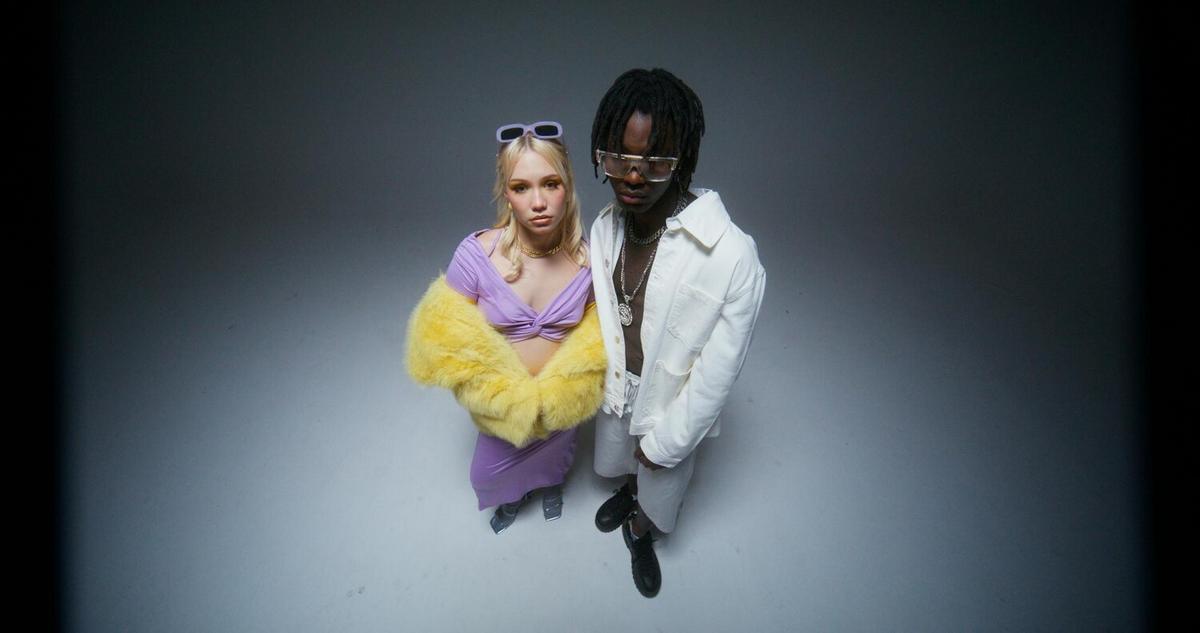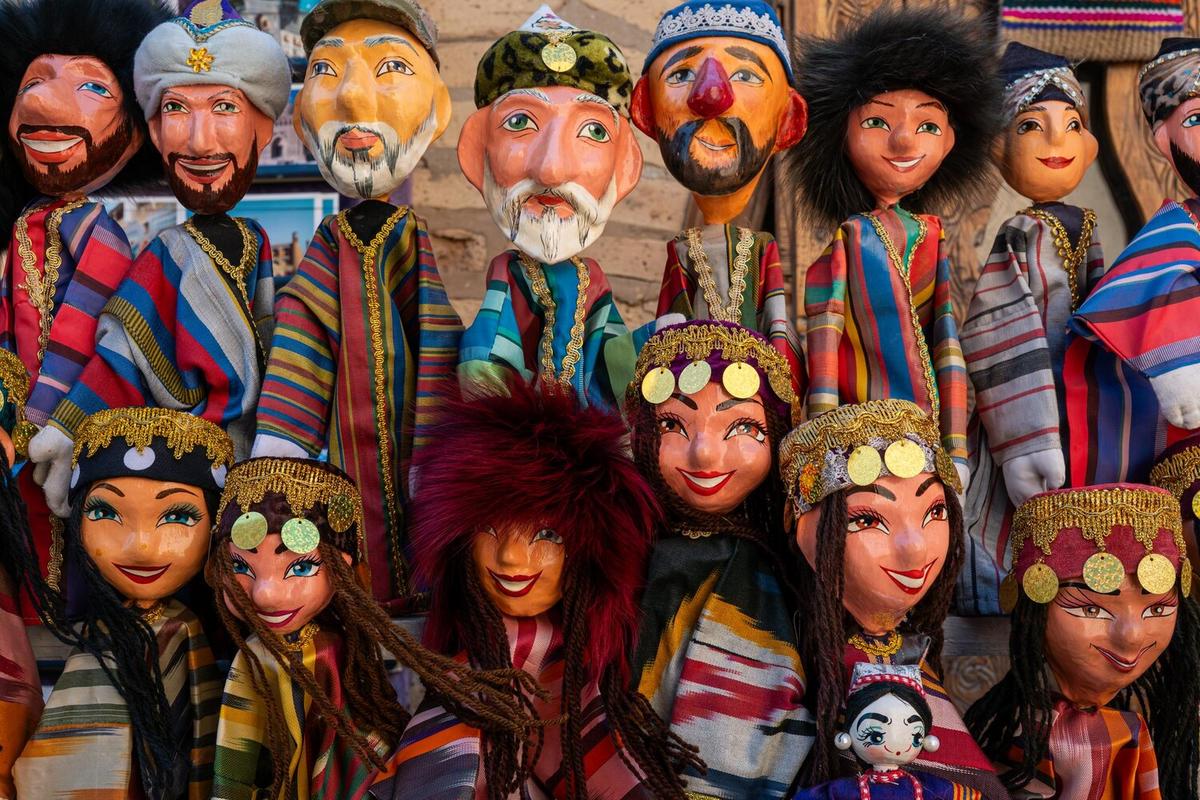
The Intersection of Fashion and Performing Arts
The worlds of fashion and performing arts have long shared a symbiotic relationship, with each influencing and inspiring the other in profound ways. From the dazzling costumes that set the stage for a theatrical performance to the choreographed runway shows that resemble theatrical productions, the intersection of these two creative realms offers a fascinating blend of visual and expressive artistry.
The fusion of fashion and performing arts is not just about aesthetics; it’s about storytelling. Costumes in theater and dance enhance narratives by providing context and depth to characters. For instance, in period dramas, authentic costumes transport audiences to the era being depicted, enriching their experience. Similarly, in modern dance, the fluidity and design of garments often mirror the movements and themes of the performance.
Expert Insights
According to renowned costume designer Edith Head, “A costume is not merely an adornment; it is an integral part of the character.” This sentiment is echoed by many in the industry who see fashion as an extension of the narrative in performing arts.
Statistics and Research
Recent research from the Fashion Institute of Technology highlights that nearly 70% of theatergoers feel that costumes significantly enhance their understanding and enjoyment of a performance. Such statistics underscore the importance of fashion in the performing arts.
Personal Anecdotes
Consider the iconic musical where the protagonist’s transformation is marked by a change in attire. This shift not only signifies personal growth but also visually cues the audience to the character’s development. Such instances highlight how fashion serves as a powerful storytelling tool.
Actionable Tips for Aspiring Artists
- Collaborate with costume designers early in the production process to ensure a cohesive vision.
- Consider the symbolic meaning of colors and fabrics in relation to your character or theme.
- Attend fashion shows to gain inspiration for costume designs that push creative boundaries.
Pro Tip: When integrating fashion into your performance, think about how the movement of the fabric can enhance or detract from your intended message. Choose materials that complement the choreography.
Tables and Comparisons
| Aspect | Fashion | Performing Arts |
|---|---|---|
| Purpose | Expression and style | Storytelling and entertainment |
| Medium | Clothing and accessories | Theater, dance, music |
| Audience | Fashion enthusiasts | Art lovers |
| Impact | Cultural trends | Cultural narratives |
| Inspiration | Art and history | Scripts and music |
| Collaboration | Designers and models | Directors and actors |
| Outcome | Fashion shows | Performances |
| Evolution | Seasonal changes | New interpretations |
Conclusion
The synergy between fashion and performing arts is a testament to the power of collaboration and creativity. By understanding and appreciating this intersection, both industries can continue to innovate and captivate audiences worldwide.
FAQ
How does fashion influence theater?
Fashion influences theater by providing visual context and enhancing character development through costumes.
Can fashion shows be considered a form of performing art?
Yes, fashion shows often incorporate elements of performance art, using choreography, music, and thematic storytelling.


